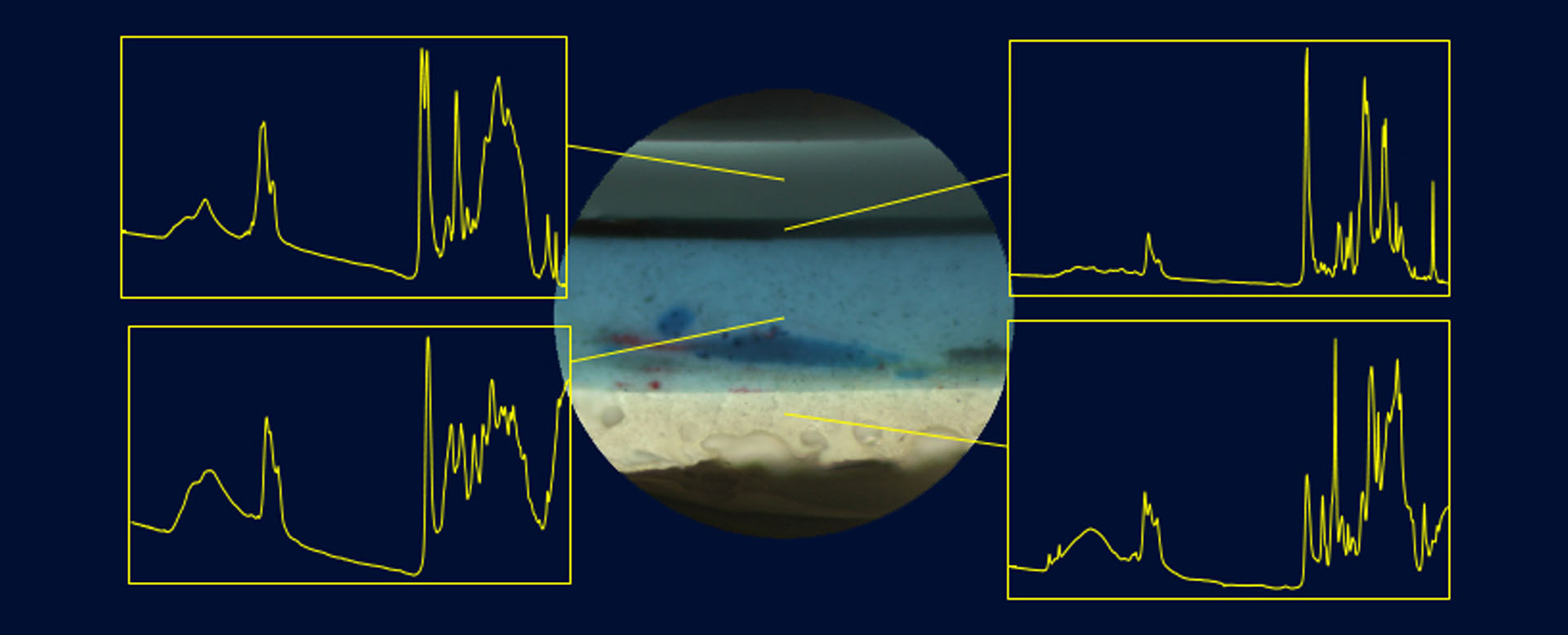Overview
This lecture describes the identification of automotive paint binders using infrared spectroscopy, with an emphasis on key absorptions to seek when examining such spectra.
Infrared spectroscopy is one of the main tools used by the forensic paint examiner to obtain binder and pigment information about paint evidence. Automotive finishes comprise a prominent subcategory of such evidence, and may be the subject of either a comparative analysis or a means to help identify the type of vehicle involved in a hit-and-run case. Classification of automotive paint binders is a very important step when using the Paint Data Query (PDQ) system to facilitate vehicle identification.
A certificate of completion is available for all who register and attend this webinar.
Presenter
- Dr. Edward Suzuki
Funding for this Forensic Technology Center of Excellence webinar has been provided by the National Institute of Justice, Office of Justice Programs, U.S. Department of Justice.
The opinions, findings, and conclusions or recommendations expressed in this webinar are those of the presenter(s) and do not necessarily reflect those of the U.S. Department of Justice.
Contact us at ForensicCOE@rti.org with any questions and subscribe to our newsletter for notifications.




